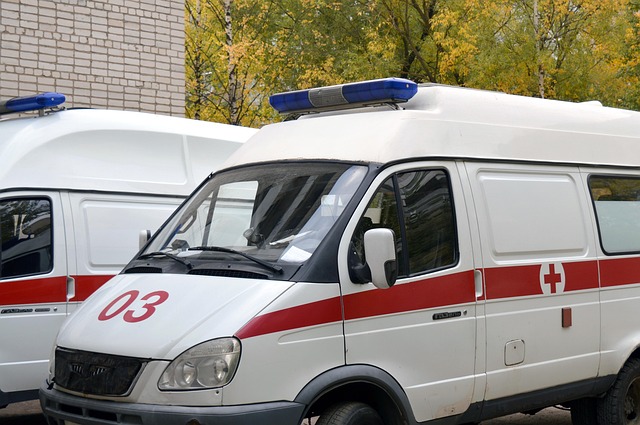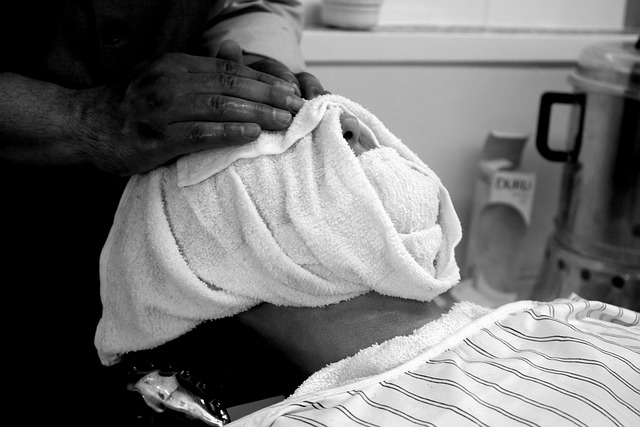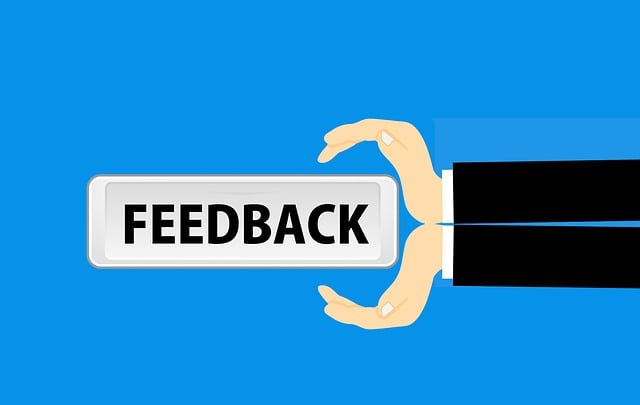In the Denver Metro Area, proactively managing tree diseases like Dutch elm disease and fire blight is vital for urban forest health. Residents should understand the average tree removal cost (ranging from $150 to $600) influenced by tree size, location, and accessibility when developing treatment plans. This involves identifying the disease, assessing severity, exploring treatments (fungicides, proper care), and in severe cases, replacing infected trees with resistant species. Consulting certified arborists ensures tailored solutions while considering Denver's average tree removal costs. Obtaining quotes from multiple reputable services guarantees fair pricing based on individual property needs.
In the vibrant Denver Metro Area, understanding common tree diseases is vital for maintaining urban landscapes. This article guides folks through creating comprehensive disease treatment plans, focusing on steps and considerations specific to the local environment. We explore the impact of tree diseases, emphasizing the importance of early detection. Additionally, we delve into estimating costs, including average tree removal expenses in Denver, empowering residents to make informed decisions about their greenery.
- Understanding Common Tree Diseases in the Denver Metro Area
- Creating a Disease Treatment Plan: Steps and Considerations
- Estimating Costs: Average Tree Removal Expenses in Denver
Understanding Common Tree Diseases in the Denver Metro Area

In the Denver Metro Area, understanding common tree diseases is key to maintaining a healthy urban forest. One of the most prevalent issues is Dutch elm disease, which primarily affects mature elms. This fungal infection spreads through elbow-sized roots and can lead to leaf loss and branch death if left untreated. Another notable disease is fire blight, commonly found in apple and pear trees, causing wilted branches with blackened stems.
The average tree removal cost in the Denver metro area varies based on tree size, location, and accessibility. Factors such as these influence the complexity of treatment plans, which can range from preventive measures like proper pruning to advanced techniques like fungicide applications. Early detection is crucial; addressing diseases promptly can prevent widespread damage and reduce costs associated with extensive tree care.
Creating a Disease Treatment Plan: Steps and Considerations

Creating a disease treatment plan for trees involves several key steps and considerations. First, identify the specific tree disease affecting your plant life. Different diseases require unique approaches, so a precise diagnosis is crucial. Once diagnosed, assess the severity of the issue. This will determine the level of intervention needed, ranging from minor pruning to complete tree removal. In the Denver metro area, understanding local conditions and regulations regarding tree removal is essential, as costs can vary significantly—averaging between $750 and $2,000 for a medium-sized tree.
Next, consider your treatment options carefully. This might include fungicides, bacteria, or viral treatments, depending on the disease. For milder cases, preventive measures such as proper watering, fertilization, and pest control can be effective. In severe situations, removing infected trees and replacing them with disease-resistant species could be a more sustainable long-term solution. Always consult with certified arborists to ensure the best course of action for both tree health and your budget, especially considering the average tree removal cost in Denver.
Estimating Costs: Average Tree Removal Expenses in Denver

Estimating costs for tree care, especially when it involves removal, is a key consideration for Denver residents and businesses alike. The average tree removal expense in the Denver metro area can vary significantly depending on several factors, including the size and type of tree, its location within your property, and the complexity of the removal process. On average, you can expect to pay between $150 and $600 for a single tree removal service. Smaller trees might only cost $150-$300 while larger, more complex removals could reach the higher end of this range or even exceed it.
It’s important to note that some companies may offer package deals or reduced rates for bulk services. Additionally, if your tree is located near power lines or other obstacles, removal costs might increase due to safety requirements and additional equipment needed. It’s always advisable to obtain quotes from several reputable tree care services in Denver to ensure you’re getting a fair price that aligns with the specific needs of your property.
When crafting a tree care disease treatment plan for the Denver metro area, understanding common issues and their costs is key. By following structured steps and considering environmental factors, property owners can effectively manage diseases like Dutch elm disease or oak wilt. While tree removal may be necessary in severe cases, knowing the average tree removal cost in the Denver area helps with budgeting and decision-making. This guide provides a solid foundation for maintaining healthy trees and minimizing unexpected expenses.
